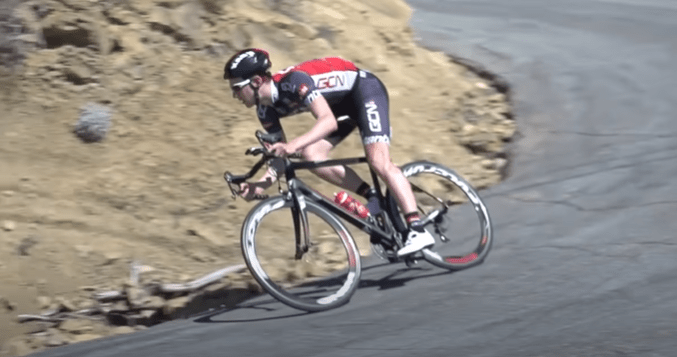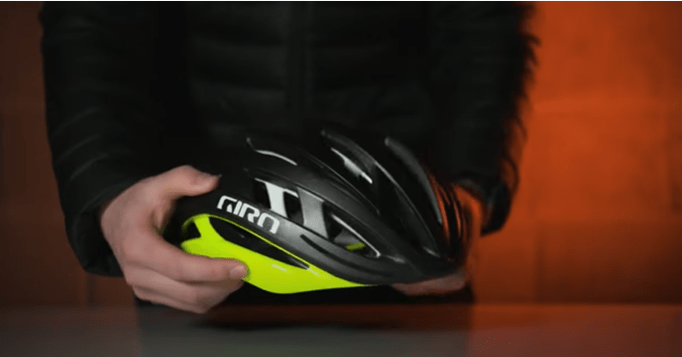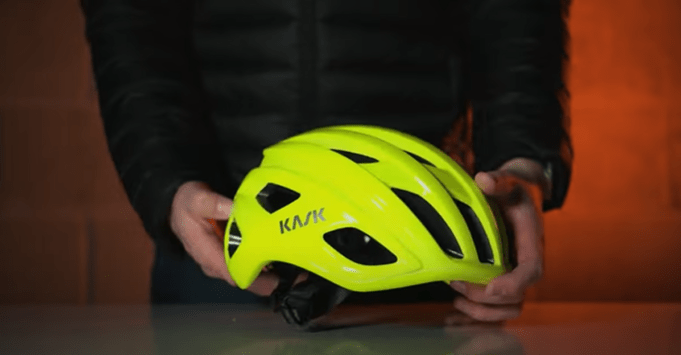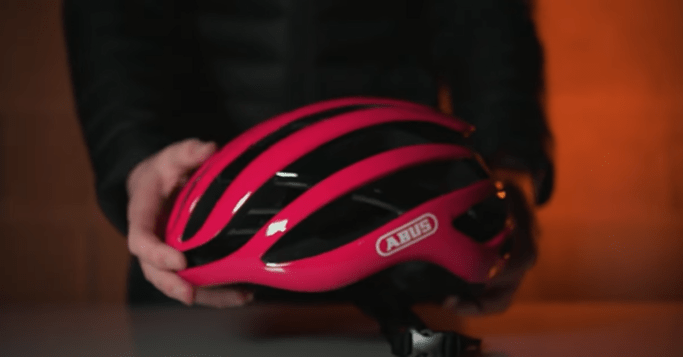

Since March 22, 2017, it is compulsory for children under 12 years old to wear helmets while cycling, but not for adults. Despite government efforts and awareness campaigns promoting helmet usage, the community remains divided on the issue.
According to cycling associations, injuries sustained by cyclists are predominantly in the arms (47.5%), followed by the legs (32.6%), and face (23.3%), with head injuries accounting for only 16.9%.
Moreover, in Europe, only Finland has made wearing helmets mandatory, but without imposing a fine for non-compliance. Countries like the Netherlands and Germany, where cycling is extremely popular, have no helmet laws.
Rather than imposing mandatory helmet laws, cycling associations aim to raise awareness and educate all road users while allowing individuals to decide for themselves whether to wear a helmet or not.
Wearing a helmet while cycling is not a 100% guarantee of protection, as the helmet’s effectiveness reduces sharply above the speed of 30 km/h. This speed can easily be reached by cyclists or vehicles, whether in town or during training. Moreover, the helmet can be poorly positioned or not the right size, which can also reduce its effectiveness.
There is no legislation that makes wearing a helmet compulsory, and there is no convincing data that shows the benefits of making it mandatory. Therefore, the decision to wear a helmet is currently left to individual discretion based on their personal experience, environment, and usage. However, it is always better to prevent an accident than to deal with the consequences later. So, wearing a helmet is a personal choice, and it’s recommended to wear one while cycling.


Choosing the right road bike helmet is crucial for protecting your head while cycling. But with so many models available, it can be difficult to navigate and find the perfect one for your needs and budget. Here are some tips to help you choose:


If you’re considering using your BMX or mountain bike helmet on the road, you should know that it’s possible since all bicycle helmets adhere to the same safety standards. However, it might not be the best idea. BMX, mountain bike, or DH helmets might provide more protection, especially on the neck, but they’re generally heavier and have a visor, which can limit your field of vision when cycling in a leaned-forward position. They’re also less ventilated than road helmets, so they might cause you to overheat during long rides.
Different types of helmets are suitable for different cycling practices, and it’s essential to know which helmet is right for you. Here’s a rundown of some popular helmet types to help you decide:
This is the classic road helmet, which is light, well-ventilated, and versatile. It’s suitable for long rides, competitions, and daily commutes. Popular models include the Cairn Prism for bike and cyclocross and the Btwin 900 for long road trips and triathlons.
These helmets prioritize aerodynamics over all other criteria, making them heavier and less ventilated. They’re typically reserved for sprints, criteriums, and competitions. They can save cyclists several watts, but only if they have the power to reach high speeds. If you’re a keen competitor favoring short distances, an aero helmet might be a good purchase.
This is a hybrid category between the traditional road bike helmet and the aero helmet, combining the advantages of aerodynamics with the benefits of lightweight materials. They’re well-ventilated, light, and aerodynamic, making them a smart choice for cyclists who want one helmet for both training and competitions. Popular models include the Giro Synthe and the Kask Protone.
These helmets are indispensable for cyclists who use their bikes for commuting. They’re comfortable, practical, and reassuring. They’re typically less ventilated than traditional road bike helmets because they’re used for short journeys. Urban helmets often have a round, bowl-shaped design with a short visor to protect against the sun and rain. Some models, like the Abus Hyban, even have a rear light for optimal visibility.


Choosing the right size for your bicycle helmet is crucial. It should fit snugly on your head without being too tight or too loose. A loose helmet will not protect you, while a tight one will cause discomfort and pain.
To measure your head size, use a tape measure and wrap it around the middle of your forehead and the bulging part of the back of your skull passing above the ears. Different brands may have different sizing guides, but here is an approximate range:
If your helmet has removable foam pads of different sizes, you can adjust it to fit your head better. Make sure that the foam pads around your forehead and temples are well-positioned to provide adequate support and absorb sweat.
The side straps of your helmet should cross under your ears. Leave enough strap length to adjust your settings in winter, so you can wear a beanie or helmet liner. Remember, wearing a helmet that fits you properly will make all the difference in keeping you safe and comfortable while cycling.


To ensure a comfortable fit for your bike helmet that you can wear for hours on end, follow these tips:


When it comes to bike helmets, there are differences between the entry-level and high-end models in weight, materials, and finish. Depending on the range, helmets can range from 230g like the Kask Protone or Giro Synthe to 270g for a standard B’twin helmet. The cost can range from forty dollars to nearly three hundred. In cycling, every gram counts!
The most popular technique for reducing helmet weight is in-molding. This technique involves molding the outer shell directly onto the internal polystyrene layer, making it completely united and creating a more rigid and lighter structure. The outer shell provides strength while the internal structure absorbs shock. About 95% of helmets use this technique.
Other details that make a difference in helmets are the internal foams which can be removable, with antimicrobial treatment to prevent odor from perspiration, and machine washable. The chin bar can be made of leather for extra comfort, and there can be openings specially designed for glasses, gel inserts for increased comfort and support, and a varying number of ventilation channels. For example, the Giro Synthe and the Kask Mojito have 26 ventilation channels, while a B’twin helmet has 16.
You can find decent helmets starting at $60, or if you want to spend more, the Kask Mojito at around $120 is a good option. With bicycle helmets available for all budgets and head sizes, there is no excuse not to wear one!


As of March 22, 2017, children under 12 years old are required by law to wear bicycle helmets. Failure to comply may result in a fine of $100 for those who transport or accompany a child under 12 without a helmet.
Child bike helmets are classified based on their weight, ventilation, comfort, and price.
It’s essential to know that your bike helmet has an expiration date, even if it’s the most comfortable or expensive one you have. The lifespan of a road cycling helmet is usually five years, but this can vary depending on usage, weather conditions, and sweat accumulation that can compress the foams and deteriorate the fixing points. As a result, your helmet can lose its shock absorption properties and may not provide the same level of protection that it once did.
To determine the age of your helmet, check the label inside the helmet for the manufacturing date. It’s also crucial to store your helmet in a dry, safe place, away from the sun and other elements that can cause damage. Avoid leaving your helmet in damp areas, on the back deck of a vehicle, or near a heat source.
To maintain your helmet, use soapy water and a soft sponge to clean it. Do not use any harsh chemicals, detergents, or other cleaning agents that can damage the helmet’s materials. Let your helmet air dry, and do not expose it to a heat source. You can machine wash the internal foams at 30°C, but do not put them in the dryer.
In case of an impact, it’s crucial to replace your helmet, even if there is no visible damage. Internal damage can occur, and cracks may not be visible, which can compromise the helmet’s protective capabilities. If the shell is damaged, discard the helmet immediately.
We hope this guide has helped you understand how to choose and maintain your road bike helmet properly. Remember to always wear a helmet while cycling for safety.
